Father: Joseph Short, (a blacksmith for the railway company, d. 1938 in Hull Mental Asylum); Mother: Jane Hannah [Atkinson] Ed. Boulevard Nautical College m. Oct 1934 in Yorkshire, Vera Annie [Ryder] (one son, Bernard Ryder Short, b. 1 Sep 1938, d. 2016; they divorced in 1943) prev. 'Business Proprietor (this may mean 'Newsagent'); Engineer (presumably for North Eastern Airways, who flew Couriers, Envoys and Rapides), 'short time spent at sea'. Sergeant pilot in the RAFVR from Dec 1938 to Jul 1940 prev. exp. 400 hrs on 'Avian, Moth, Hart, Hind, Audax, Blackburn B.2, BA Swallow, Puss Moth, Wellington' (He also said he had spent 50 hours 'as passenger' on DH Rapide, Oxford, Airspeed Envoy, Avro 504, Avian, Vega Gull, Anson and Stinson - so presumably he wasn't ever a pilot for North Eastern Airways.) He was awarded his RAF 'Wings' in 1939, flying Wellingtons. Also said he owned an Avro Avian, but I can't find any registered in his name. Address in 1940: 26 Chamberlain Rd, Hull Grounded in Jan 1940 by the RAFVR for a 'defective left eye' and although he said he had specialist treatment and "can now pass all medical examinations", he was released. Postings: 1FPP, 14FPP His flying in Nov 1940 was considered so poor that, rather than training him to fly Class III and IV aircraft as requested, they sent him back for a refresher on Class 2 twins and said that he was "not capable of flying twin aircraft." He did, however, subsequently pass for Class III in January 1941, and Class IV in May. His personnel file contains details of one week's flying in June 1942 - 12 different aircraft types, 25 hours as pilot and 4 hours as passenger.
He did manage to rack up 11 accidents, 6 his fault: - 9 Sep 1940, he misjudged the landing in a Lysander and hit a boundary wall - 29 Nov 1940, an 'error of judgment' in a Hurricane (details missing) - 28 Feb 1941, forced landing in an Oxford after engine failure [Off sick from 29 Feb to 6 Mar 1941] - 20 Mar 1941, commended for behaving 'with extreme coolness in a difficult situation' after a technical defect in an Anson - 30 Aug 1941, he 'failed to make a successful takeoff' in a Leopard Moth, after making a forced landing in it the previous day - 1 Oct 1941, his Oxford X6976 swerved off the runway during landing at Burtonwood, and collided with a pile of tarmac. He was held responsible but in mitigation he was examined and found to be unfit. "I interviewed him and told him that in view of his accident record he would have to go very carefully. He is a very keen pilot but rough and it occurs to me that he may be in a nervous condition... I also discussed with him the need for having his tonsils attended to... " - ATA's Chief Medical Officer - 20 Feb 1942, an unknown object 'fouled the propeller of his Walrus W3070' (? - --- [The Walrus was "the only aircraft I actively disliked", said ATA pilot Mary Wilkins (later Ellis). She went on, “It flapped about all over the sky. On land it was like a penguin but apparently it was good on the sea. It had a mind of its own.“]
- 6 Oct 1942, the cockpit hood of his Spitfire V W3773 blew off in flight, due to incorrect insertion of port jettisoning pins (not his fault, apparently) - 2 Apr 1943, another Walrus I, X9482, in which he ground-looped at Kirkbride by trying to turn off the runway too early [Demoted to First Officer for one month from 1 Oct 1943 for 'wilful disobedience of Standing Orders C.2 and D.21'] [C.2 - Flying an aircraft without proper authority; D.21 - Intermediate landing without Authority" referring to his ferrying of Lancaster DV266 on 1 October] - 19 Oct 1943, a forced landing at Wheaton Aston after the exhaust manifold joints blew, causing damage to the ignition harness of his Barracuda II DT824
"A quiet, likeable and hard-working pilot"
d. 24 Jan 1944 (Died in ATA Service) - Halifax II JP182 (Merlins) flew into Eel Crag 4 miles SW of Braithwaite, Cumbria, during a snowstorm. "The cause appears to have been an error of judgement on the part of the pilot who, instead of attempting to take a course round the coast, attempted to fly over mountainous country at a height which only gave him a small clearance over the peaks. He was flying in a snow shower against a 60mph head wind and probably encountered a strong down current." Flt. Eng. Arthur Bird also died in the crash. One of the search party said: "I knew it was absolutely impossible for any one to be alive amongst the tangled wreckage ...the weather was very bad. Whilst I was on top of the Crag the body of the plane was blown over by the wind, and it rolled down the crag side."
Buried Ringway St. Mary and All Saints Churchyard, Altrincham
Postscript Bernard's will stipulated that his estate should be divided: - one half in trust for his son, and - one-twelfth each to his sister, cousin, 2 brothers, a John Short, and his friend John Potter. Nothing, therefore, to Vera ... |

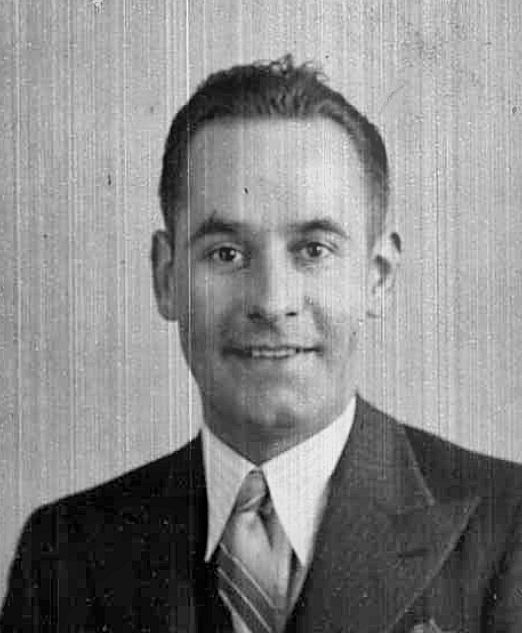 1937
1937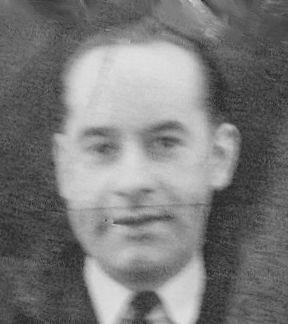 ATA
ATA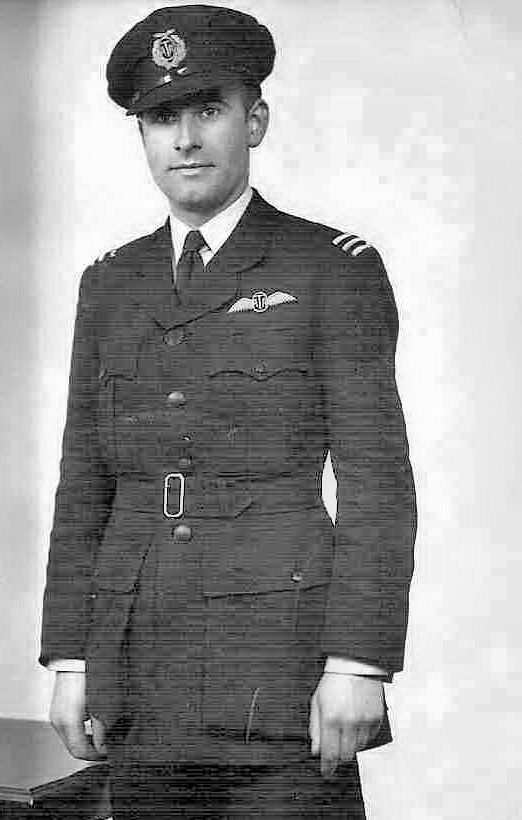 Ancestry
Ancestry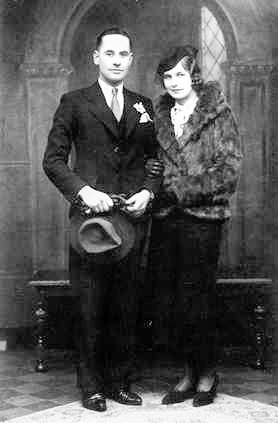 Ancestry
Ancestry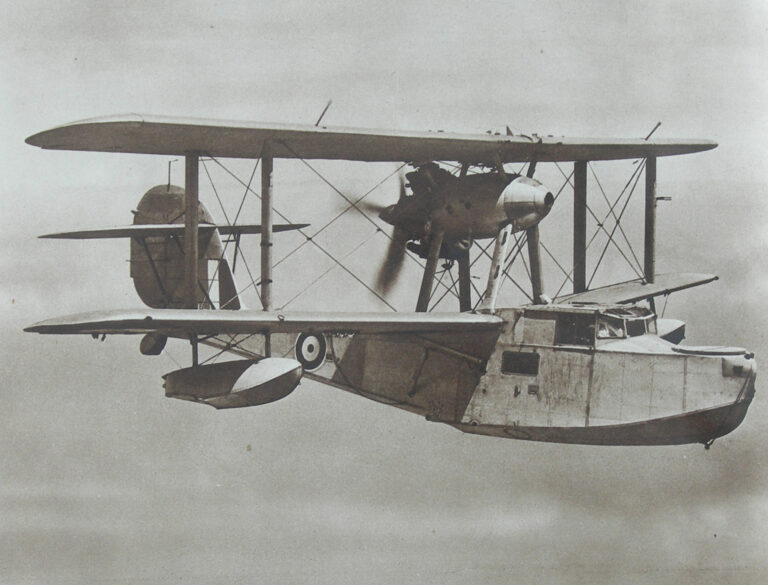 --- maybe a bird?)
--- maybe a bird?)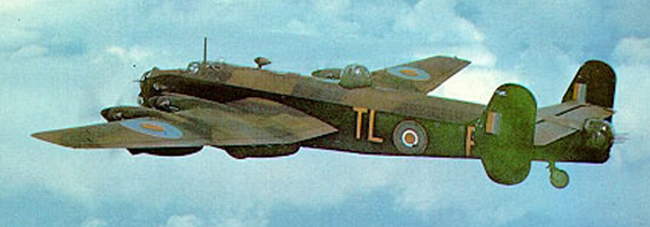
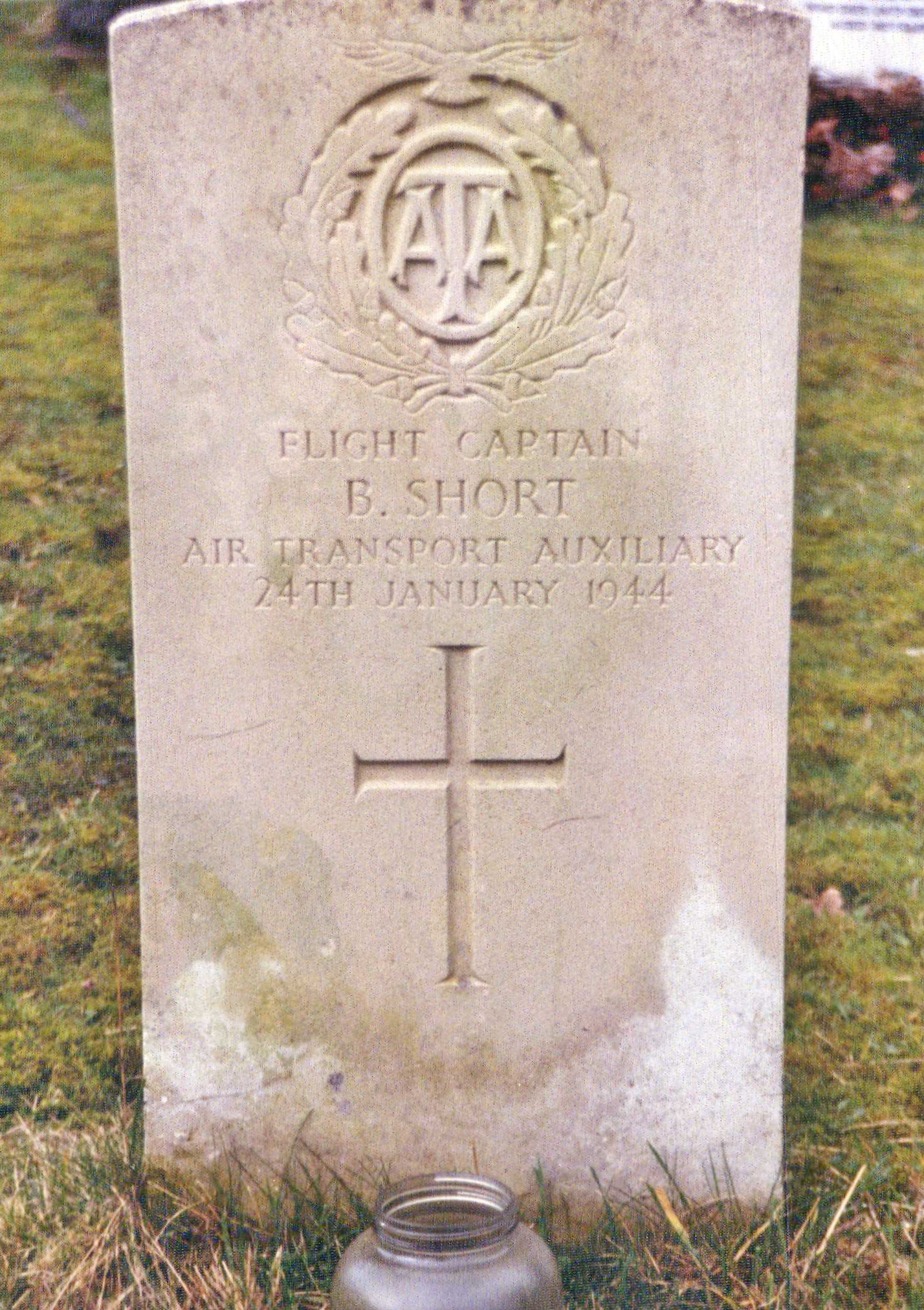 via George Cogswell
via George Cogswell